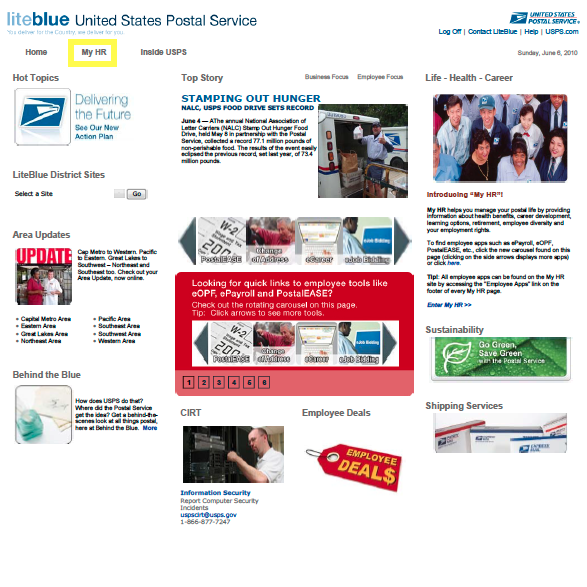The Thrift Savings Plan (TSP) is a retirement savings plan that is available to federal government employees and members of the uniformed services. This includes the military, the U.S. Border Patrol, the Foreign Service, and the National Oceanic and Atmospheric Administration (NOAA). The TSP is administered by the Federal Retirement Thrift Investment Board (FRTIB) and allows participants to save and invest their retirement funds in a tax-advantaged way. In this blog article, we will cover the basics of the TSP, including what it is, the benefits of investing in it, how to enroll and manage it, understanding its funds and contribution limits, withdrawal options, fees and expenses, and performance. We will also provide the TSP login and contact information so that you can stay informed about your investments.
Not affiliated with The United States Office of Personnel Management or any government agency
Federal Employee Retirement and Benefits News
MENUMENU
- Thrift Savings Plan
-

Advertisement
-
- FERS
-
- Latest News
- Retirement for Postal Workers: Everything you need to know | Michael Wood
- Defense Department Reports On Take-Rates Projections For BRS
- TSP and Divorce: How The Court Will Handle Your TSP and Other Federal Benefits | Linda Jensen
- Battle Regarding Official Time and TSP Takes Place On Capitol Hill
- Linda Jensen | How You Can Successfully Fund Your Retirement Years
- Latest News

Advertisement
-
- CSRS
- Federal Employee Annuities
- Financial Planning
- Newsletter





